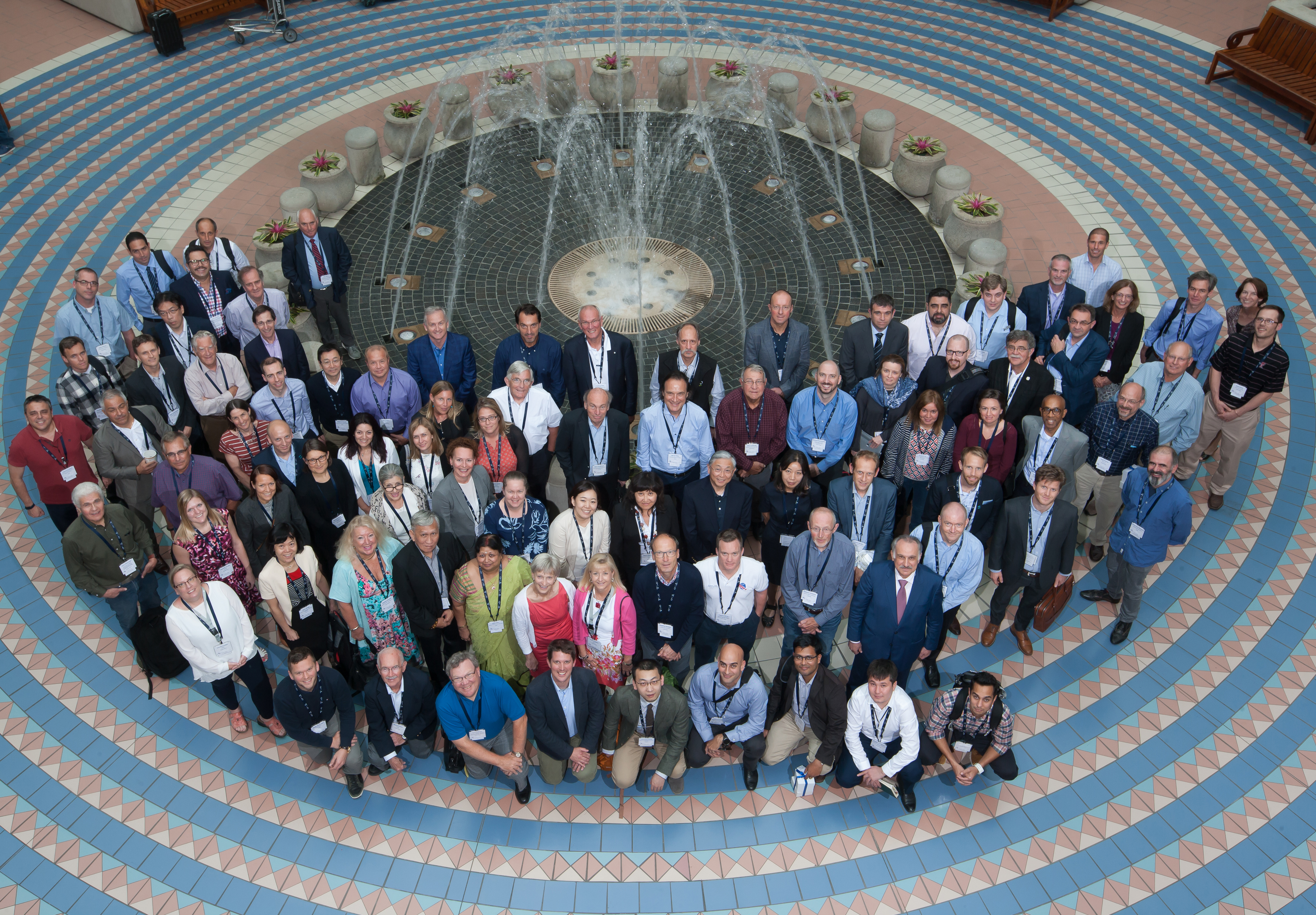PHARMACOKINETICS AND DETECTION WINDOWS: INTERPRETATION OF LONG TERM METABOLISM AND EXCRETION
 The 16th Annual USADA Symposium on Anti-Doping Science, hosted by the U.S. Anti-Doping Agency (USADA) was held September 29-October 2 in Orlando, Florida.
The 16th Annual USADA Symposium on Anti-Doping Science, hosted by the U.S. Anti-Doping Agency (USADA) was held September 29-October 2 in Orlando, Florida.
The invited experts traded insights on anti-doping science by exploring the theme, “Pharmacokinetics and Detection Windows: Interpretation of Long Term Metabolism and Excretion.” While effective doping deterrence is associated with extending the detection window of prohibited substances, one of the key themes of the Symposium focused on the balance between detecting ever-lower urine concentrations of prohibited substances and determining when an anti-doping rule violation has occurred. Understanding drug accumulation and long-term metabolism, and being able to model these physiological process, will assist in shaping both anti-doping practice and research.
“The Symposium is the ideal forum to bring together global scientific experts and anti-doping practitioners to continually move the needle to stay at the forefront of doping detection and deterrence,” said Dr. Matthew Fedoruk, USADA’s Senior Managing Director of Science and Research. “Diving deep into a focused scientific issue with the help of the outside expert perspective allows for novel and collaborative solutions to the scientific challenges we face, which helps protect the integrity of sport and the rights of athletes.”
Over the course of three days, attendees discussed pharmacokinetic modeling and interpretation, along with its application in anti-doping science, while also addressing related challenges and proposing solutions. This discussion covered many of the substances that currently present challenges in anti-doping, including clenbuterol, mildronate, and selective androgen receptor modulators (SARMs).
“Instrumental advances in separation science and mass spectrometry have allowed us to measure ultra-trace quantities of drug metabolites in urine,” noted Dr. Larry Bowers, USADA’s retired Chief Science Officer. “This year’s Symposium allowed us to meet with colleagues from other fields, such as environmental toxicology, to inform each other about how to deal with the pharmacological aspects of these measurements.”
AGENDA
The first day of the Symposium focused on basic pharmacokinetics, with Dr. Hugh Barton presenting the keynote address on various approaches to pharmacokinetic modeling, including physiology-based pharmacokinetics (PBPK). Dr. Sihem Bihorel also discussed confounders of accumulation and elimination in drug pharmacokinetics, after which Dr. Ricardo Paxson, Dr. Dwaipayan Mukherjee, and Dr. Lesa Aylward further explored drug accumulation and elimination, as well as how to model it.
Day two of the Symposium featured sessions on long-lived metabolites and included a presentation by Dr. Marilyn Huestis on the results of her research on cannabinoid pharmacology and pharmacokinetics after chronic frequent cannabis intake, in addition to presentations by Dr. Ron Flegel and Dr. Michael Kosnett. The afternoon sessions then discussed long-lived metabolites of anabolic steroids, with a presentation on anabolic androgenic steroids by Dr. Wilhelm Schänzer and Dr. Christiane Ayotte, as well as a lecture on SARM metabolism by Dr. James Dalton. As part of a long-standing tradition, panel and participant discussions followed the presentations.
On Saturday evening, the 2017 Symposium also saw the presentation of the 2nd Annual L.D. Bowers Excellence in Anti-Doping Science Award, which was created to recognize and award the achievements of scientists who have made an impact on anti-doping approaches and best practices. The award was presented to Dr. Wilhelm Schänzer of Germany.
The final morning of the Symposium was devoted to scientific studies involving pharmacokinetics of prohibited substances and case reviews. Scientists from environmental toxicology, pharmacology, workplace drug testing, and anti-doping science concluded by recommending research and programmatic steps to advance the science of anti-doping.
Learn more about the annual USADA Science Symposium.



